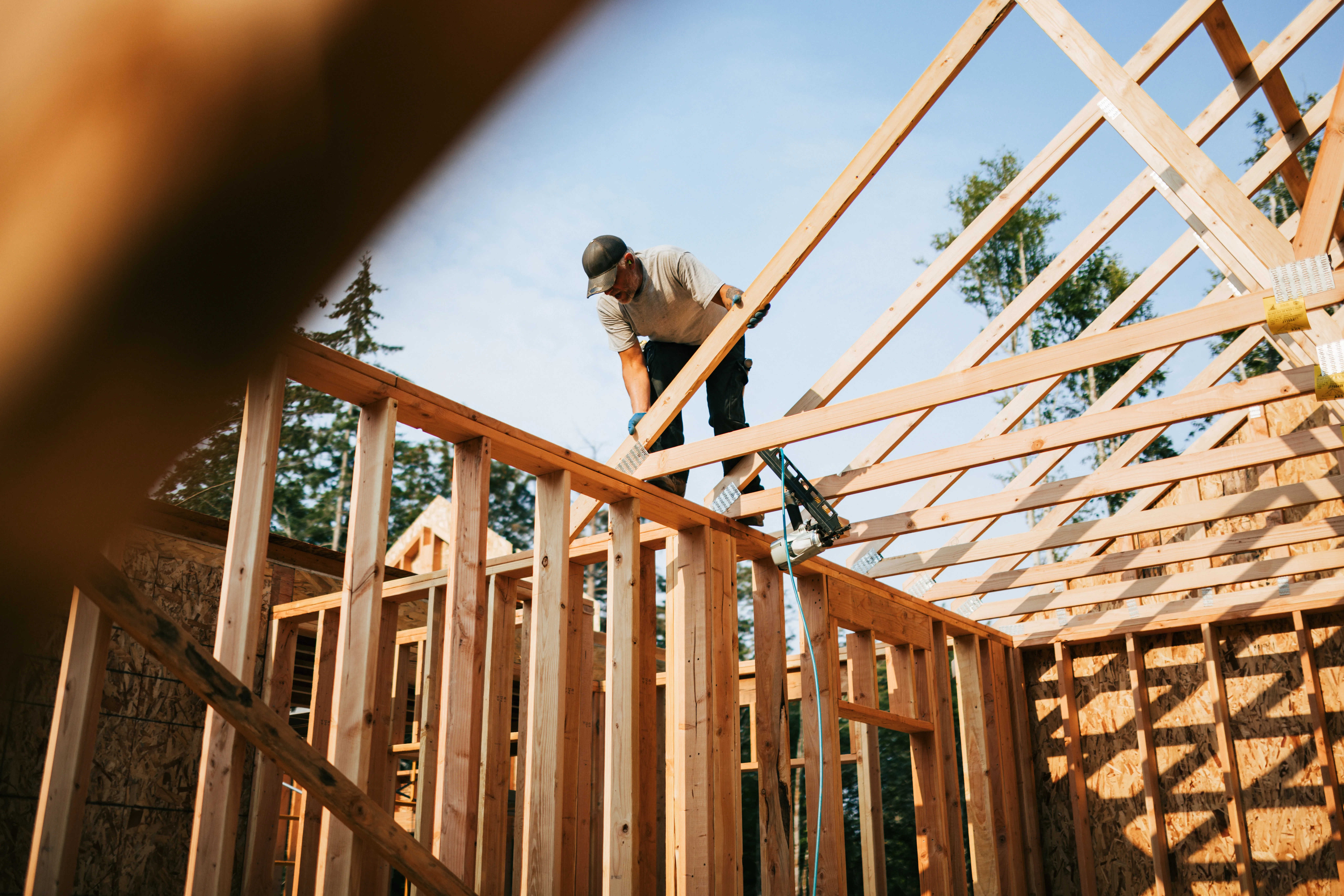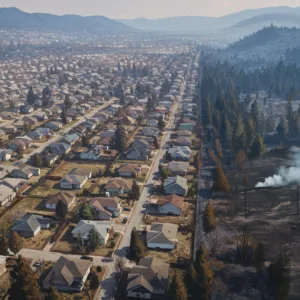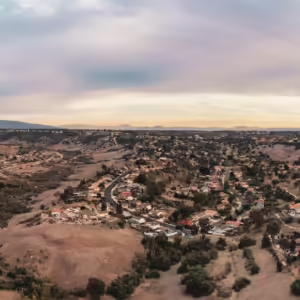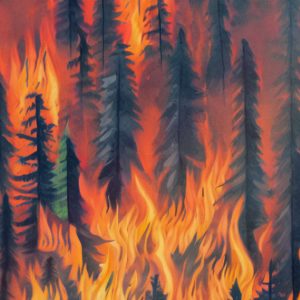Building homes that can resist the heat, flames, and embers of a wildfire will be essential for long-term community resilience in wildfire-prone areas across the country. When paired with neighborhood-wide land management practices, such as defensible space and reducing fuels, hardened communities can reduce the risk to homes and help prevent large urban fires like those seen recently in California, Hawaii, and Colorado. Comprehensive risk-reduction strategies can also reduce the burdens on emergency responders and ease the financial toll on local governments and taxpayers.
Despite the well-understood benefits of home hardening, one of the most commonly cited barriers is the potential expense of the required construction materials and techniques. A new analysis from Headwaters Economics and the Insurance Institute for Business & Home Safety (IBHS) shows that building wildfire resistant homes is achievable and affordable. The findings demonstrate that home hardening should become a core component of every community’s wildfire risk reduction strategy.
Want research like this in your inbox?
Subscribe to our newsletter!
Building homes to wildfire-resistant standards is within reach
The detailed analysis in the report, “Construction costs for wildfire resistant homes,” concludes that the cost of building new homes to high wildfire-resistant standards is only 2–3% more than traditional construction. Researchers examined the costs for a representative single-family home (a one-story, 1,750-square-foot home in a Southern California setting, such as Altadena, CA, with an estimated construction cost of $500,000), according to the requirements of three existing standards. For all three standards, the analysis found that the costs for wildfire-resistant construction do not significantly increase overall building costs:
- California’s Building Code Chapter 7A (CWUIC Part 7), one of the nation’s most comprehensive building standards, adds approximately $13,000 over traditional costs to a typical single-family home.
- IBHS’s Wildfire Prepared Home (WFPH), a systems-based standard focused on structural mitigation and defensible space, adds approximately $9,000 over traditional costs to a typical single-family home (a potential savings of $4,000 compared to California’s building code standard).
- IBHS’s enhanced WFPH Plus which includes all IBHS base-level criteria plus additional features like enclosing eaves and using noncombustible gutters, adds approximately $15,000 over traditional costs to a typical single-family home (about $2,000 more than California’s building code standard).
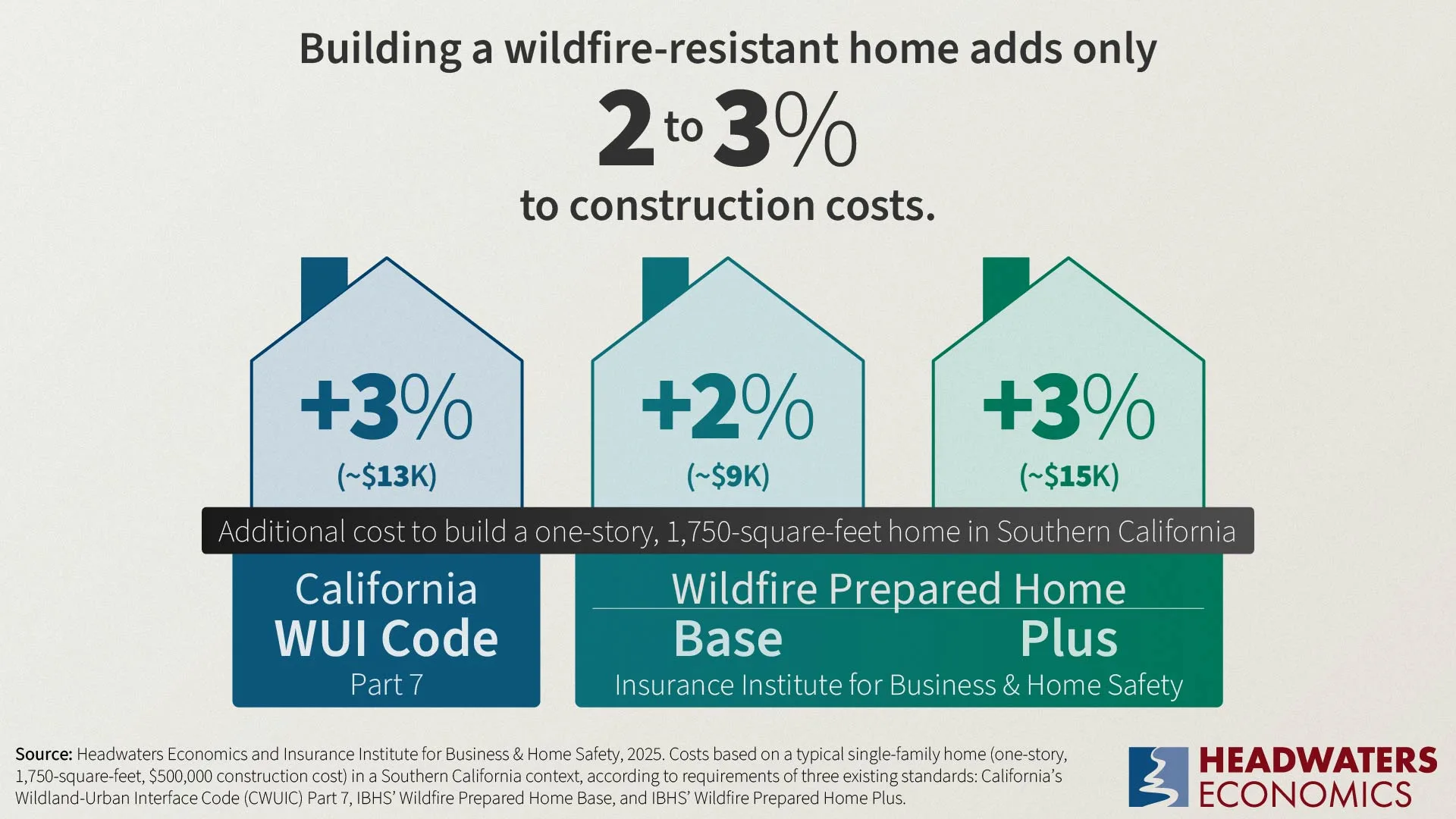
Some of the most effective ways to reduce wildfire risk to homes are the most affordable
Not all wildfire-resilient actions involve construction. Low- or no-cost actions, like clearing debris from the deck, roof, and gutters, maintaining a noncombustible zone around home, and relocating flammable materials from underneath the home and deck can significantly reduce the likelihood that a home will burn.
When paired with these low-cost individual actions and community-wide land management strategies, the construction investments detailed in this report offer residents and homebuilders a way to provide meaningful protection against wildfire. Building wildfire-resistant homes is both feasible and financially practical. It must become an essential part of safeguarding communities in high-risk areas.
